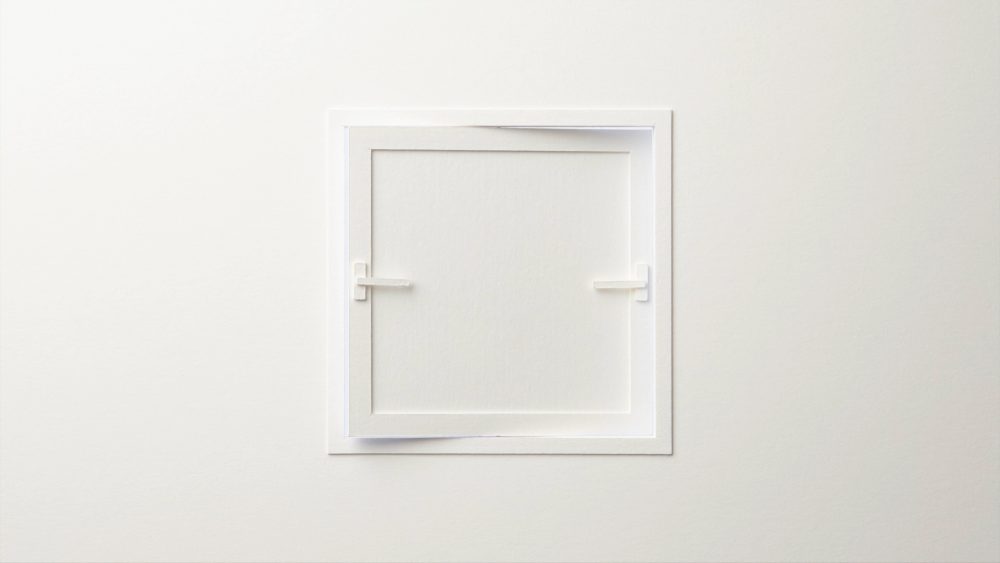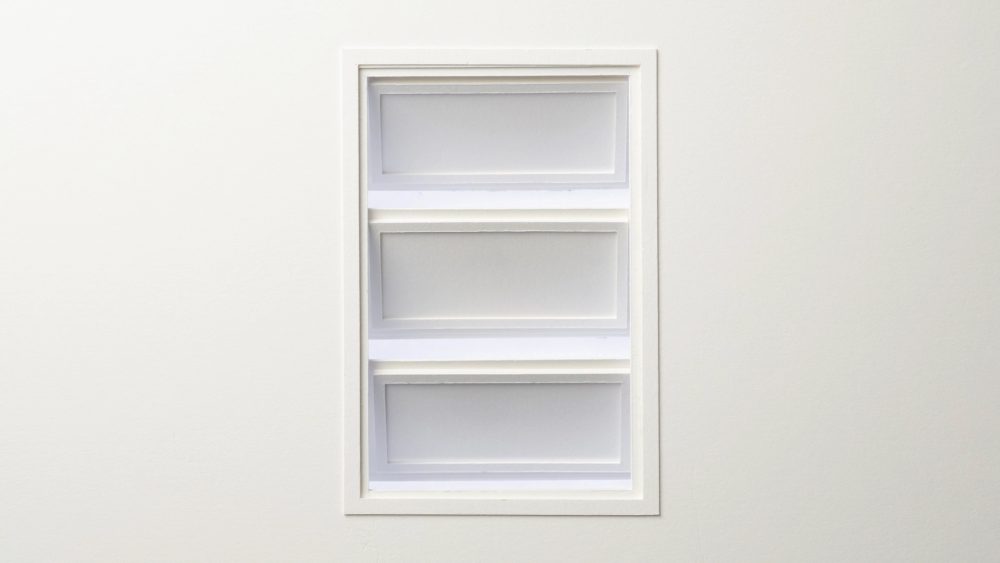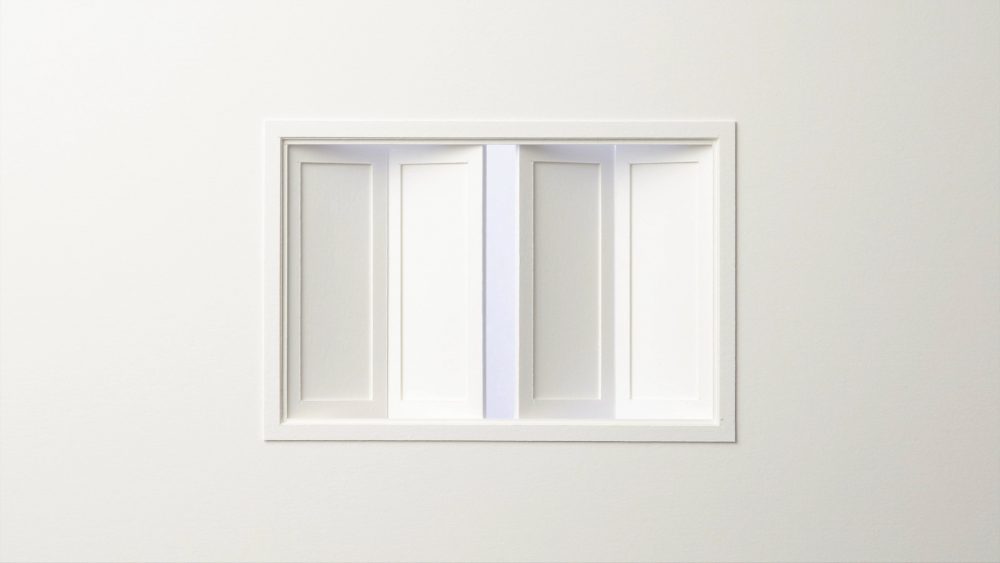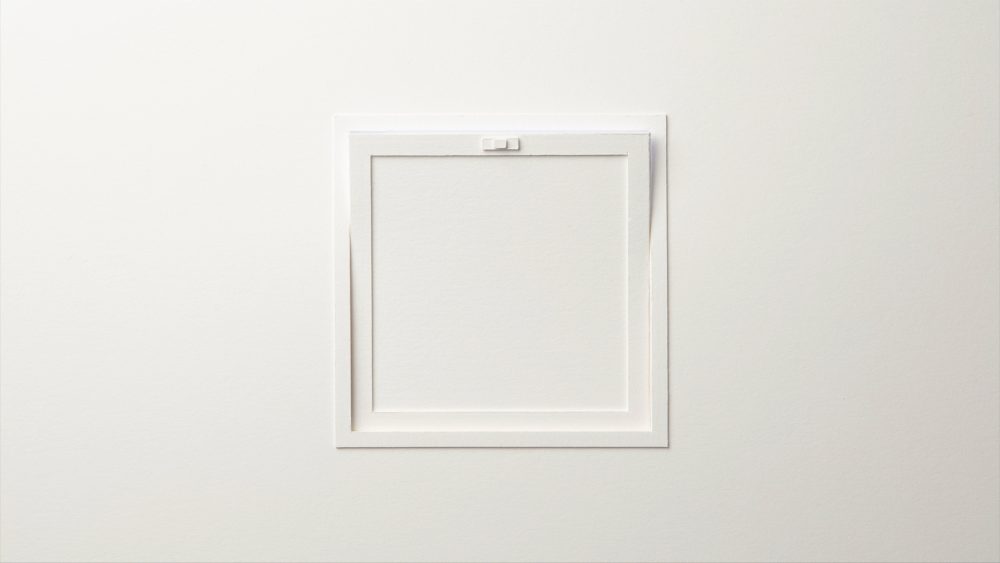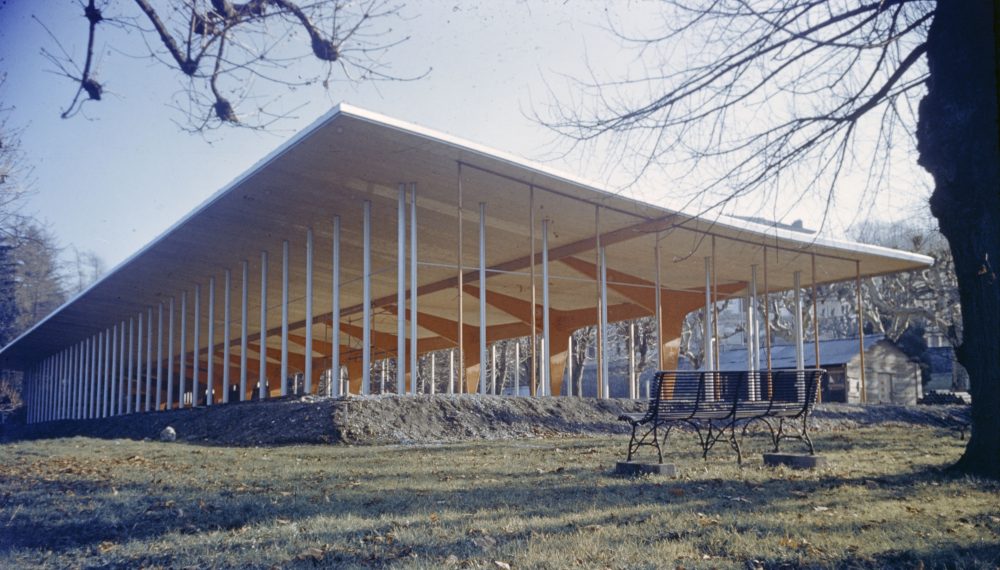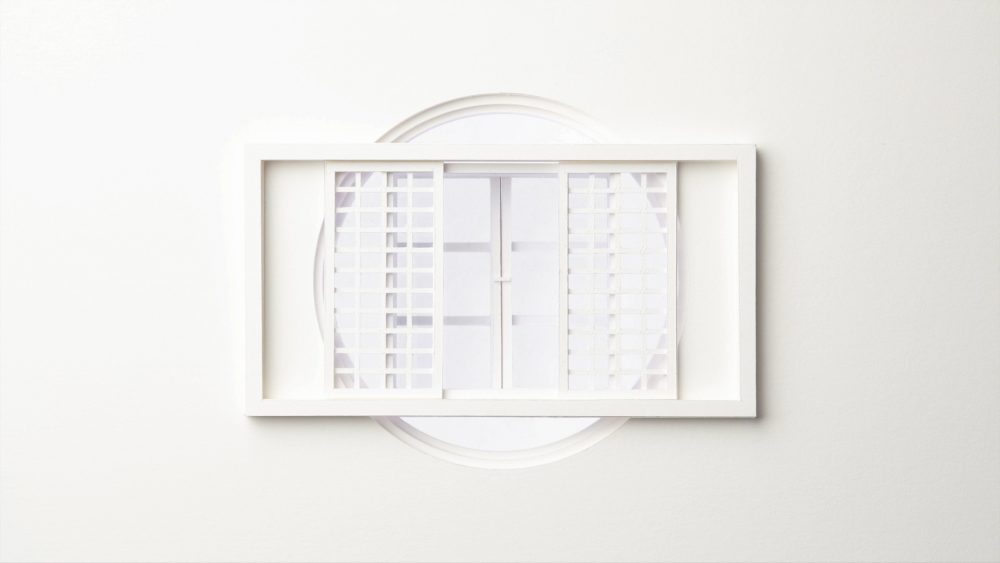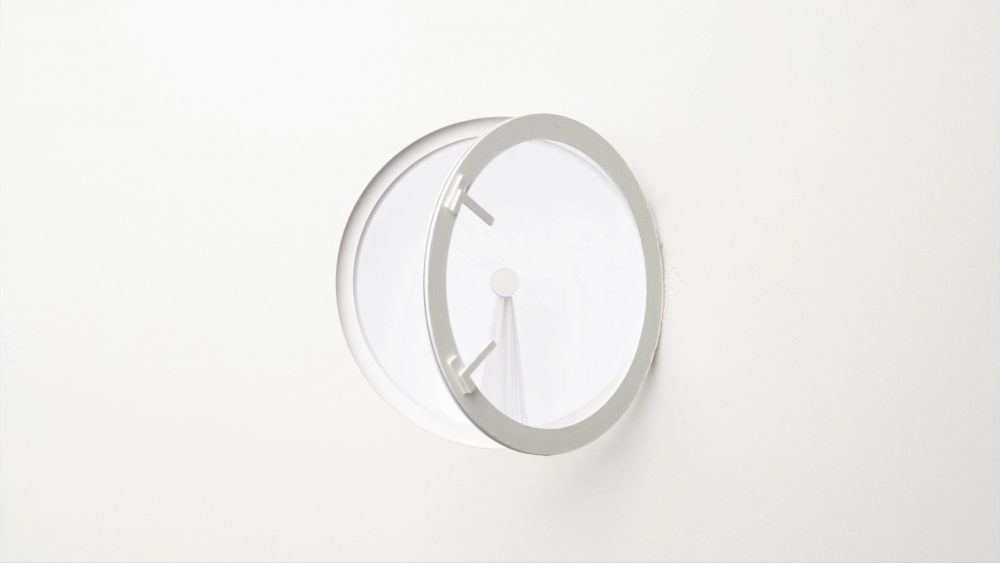Series Index of Window Sounds and Movements
The Yosuitei
11 Shitajimado, 12 Renjimado and Kendonbusuma
05 Dec 2021
- Keywords
- Design
- Product Design
11 Shitajimado
The shitajimado (exposed lath window) positioned near the ceiling beside the decorative alcove (tokonoma) is another unique feature of this teahouse, and it is thought to have provided a view up to a large pine tree in the garden. In addition to serving the functional purpose of exhausting the warm air hanging in the upper part of the room, it was probably also designed as a counterbalance to the ceiling and adjacent windows from an aesthetic point of view.
12 Renjimado and Kendonbusuma
The renjimado (slatted window) whose bottom edge touches the floor and the kendonbusuma (kendon-style paper panel; a kendon is a type of door that is lifted into a grooved frame and dropped into place) used in lieu of a paper screen in the side wall of the alcove are original features unique to the Yosuitei. Like the other paper panels, these windows were probably made to provide views to the large pond of the Yosuien, which was the garden where the teahouse originally stood. The idea to incorporate a kendon into the rustic-style teahouse can be seen as another sign of Enshu’s creativity, as such doors were usually used on the shelves beside the decorative alcoves in the drawing rooms of upper-class mansions. It is a precious specimen that cannot be found in any other teahouse.
About the Yosuitei
Japanese teahouses (chashitsu) are unique buildings with small interiors and many types of windows. The Yosuitei is a thatched hut-style teahouse from the Kanei era (1624–1644) of the early Edo period. It was commissioned by Toshitsune Maeda, the second lord of the Kaga Domain, and built alongside a waiting shelter and a reception hall with a dais at the residence of Kakujo Goto, a sword engraver and Maeda clan liege based in Kyo (present-day Kyoto). Designed by Enshu Kobori, the multiwindowed teahouse is also referred to as the Jusansoseki (lit. “Thirteen-Window Tearoom”) based on the fact that it has thirteen windows, which is the most of any extant teahouse. This project aims to extract the subtle, rich behaviors of the Yosuitei’s thirteen windows by studying the sounds and movements that they make when opened and closed.
Index of Window Sounds and Movements
The Index of Window Sounds and Movements is a project to observe and extract the sounds and movements of operable windows in order to understand how we perceive windows with our ears and eyes. This is the first research project of Window Products Inside, and it is being conducted as a collaboration between product designer Yoh Komiyama and the Window Research Institute, with videography by Tomohiro Okazaki.
Window Products Inside
Windows Products Inside is a research project initiated by product designer Yoh Komiyama. By extracting and redefining the various meanings that are implicit to the window as an object, the project hopes to uncover what is needed so that windows can create a diversity of new lifestyles, cultures, and new customs.
windowproductsinside.com
